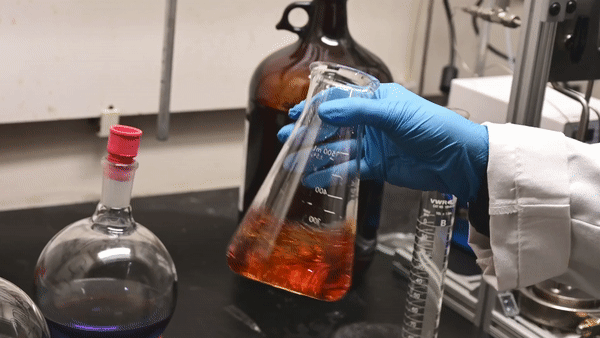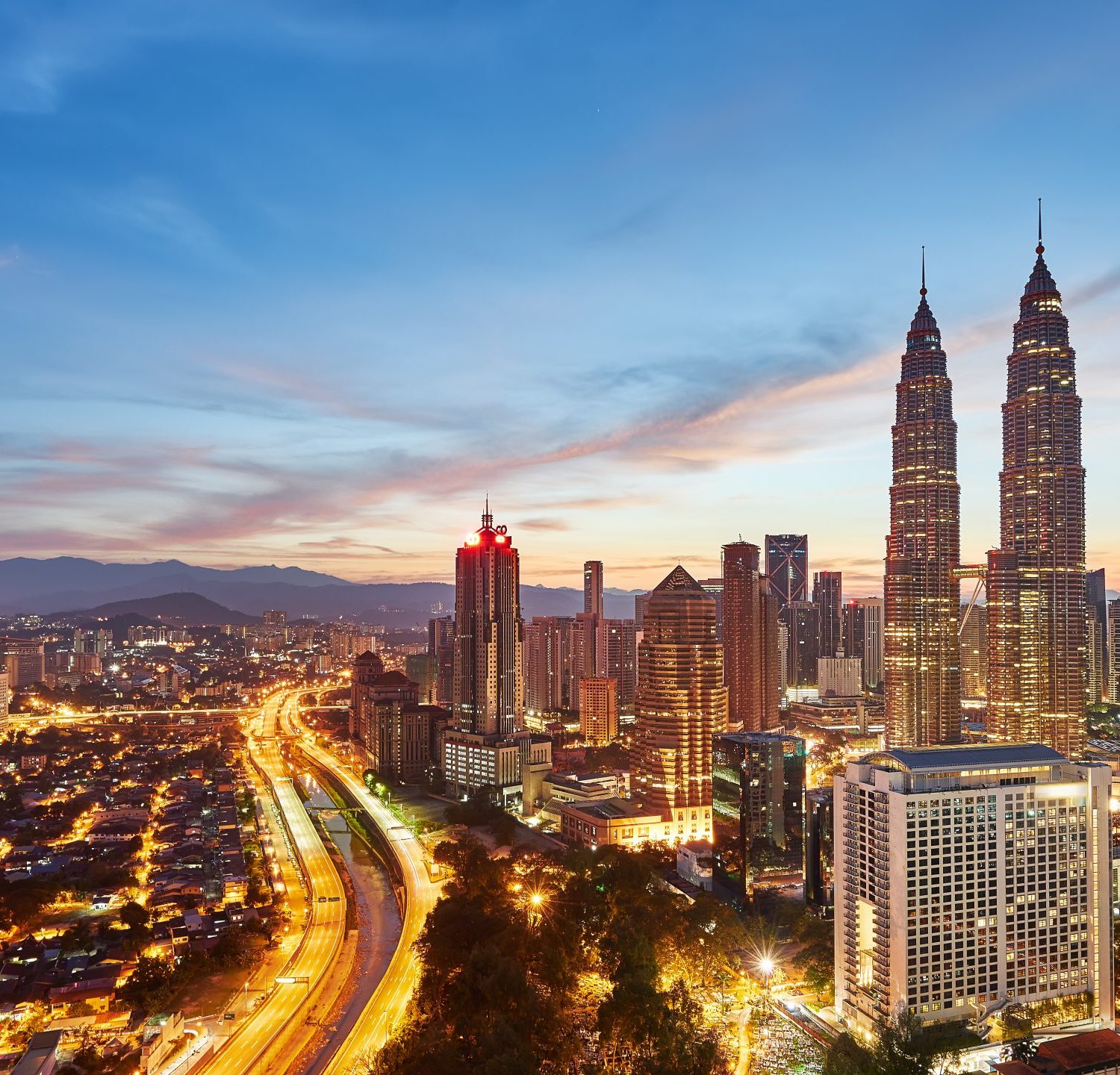The dual challenge of meeting the world’s energy needs while lowering greenhouse gas emissions will continue long after economies restart, businesses reopen and travel resumes.
Energy companies, such as ExxonMobil, and many other organisations are working in partnership to address the dual challenge today and in the future.
Together, we’re researching innovative technologies and solutions, like carbon capture and biofuels, to meet the growing demand for energy while mitigating the risks of climate change. We’re also setting goals to reduce emissions from our operations and helping consumers reduce their carbon footprint through advanced fuels, lubricants and lightweight plastics.
Patience & Passion
ExxonMobil’s vice president of research and development, Dr Vijay Swarup, said providing affordable and reliable energy, while working to reduce emissions, takes a mixture of patience and passion, especially as we work to get these solutions to scale as global energy demand increases.
An increase in modern energy demand is coming from Asia Pacific’s rapidly growing middle class. With improved access to energy, communities are better enabled to lift themselves out of poverty. In turn, this improved quality of life contributes to an increased demand for more energy.
“The dual challenge is about the growing demand for energy, which comes with prosperity, while also working to reduce emissions. As you have an improved quality of life, you need more energy. This challenge, at its core, is a technology challenge, and this region has an opportunity to help advance technological solutions” Swarup explained.
Partnering for the future
One driver for technology innovation in Asia-Pacific is the Singapore Energy Centre (SgEC), which is helping to build the region’s ‘low-emissions economy’ by supporting development of sustainable energy and products.
The SgEC, one of the first ExxonMobil-supported energy centres outside of the United States, was founded jointly by Nanyang Technological University and the National University of Singapore. Researchers at the Singapore Energy Center are developing novel processes and materials that could help reduce CO2 emissions from power and industrial sources. This includes technologies that enhance the efficiency of fuel and chemical production, increase options for low carbon hydrogen and sustainable polymers, and enable regional CO2 capture and sequestration options.
“We’re working with universities in Singapore to, not only come up with solutions for Singapore; but — more broadly– develop with solutions for this region,” Swarup said.
Learn more about ExxonMobil’s ongoing efforts to prepare for a lower-carbon future while meeting the energy needs of a growing population.
Sources:






